A home gym design is determined by a number of elements, including available space, personal preference, and fitness needs. Luxury home gym design frequently includes a combination of high-end equipment, enough space, and attractive interior details. Conversely, a compact home gym design demands a more planned approach to maximize functionality in limited space.
When exploring home gym design ideas, it is crucial to prioritize both form and function. For a modern home gym design, incorporating clean lines, sleek equipment, and a monochromatic color palette can create a minimalist yet effective space. Home gym design ideas for basement transformations are particularly popular, offering a secluded area for workouts away from the hustle and bustle of daily life.
Let us explore more about home gym design;
1- The Fundamentals of Home Gym Design
A well-thought-out combination of form, function, and fitness characterizes home gym design, which goes beyond the simple idea of setting up equipment in a spare room. Understanding personal fitness objectives is the first step, and it goes beyond that to design an environment that is efficient and inspiring. Every component of the design—from the arrangement of the equipment to the selection of materials—is thoroughly considered out through ergonomic planning.

2- Importance of Personalized Home Gym Spaces
The efficiency of a home gym is heavily dependent on its design. A custom home gym, personalized to individual preferences and fitness goals, can dramatically boost motivation and consistency throughout training. The design should accommodate specific fitness routines while also creating a welcoming and motivating environment.
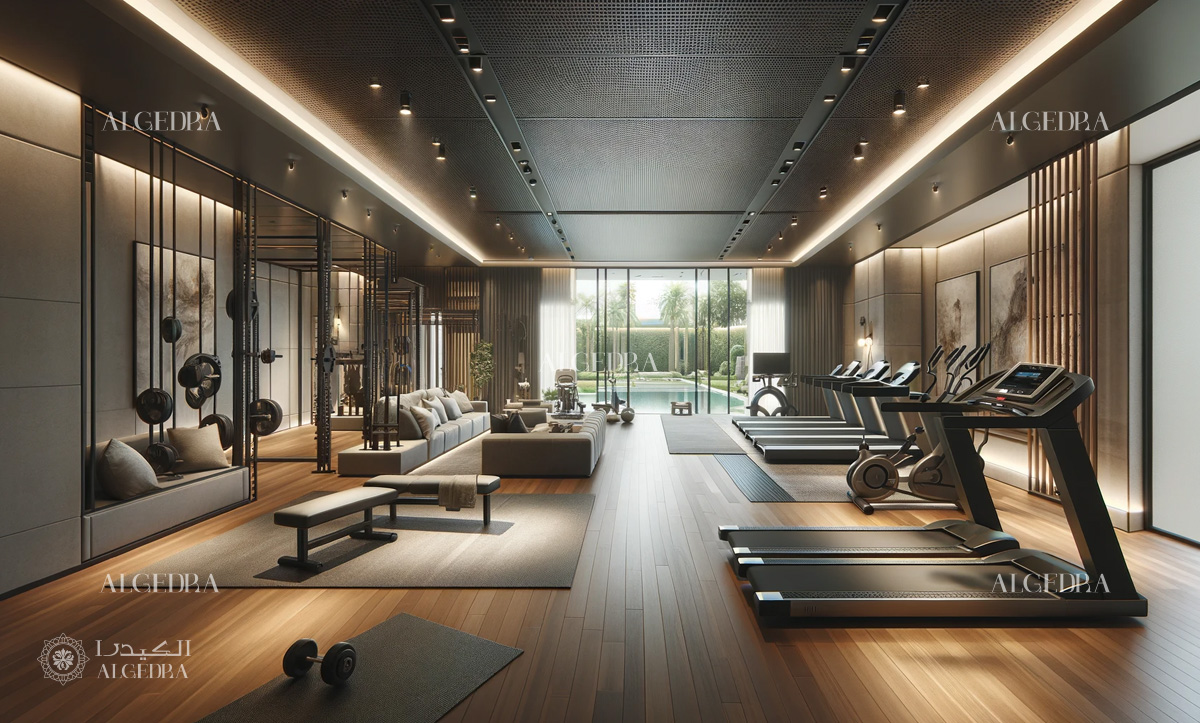
3- Designing Your Home Gym - A Step-by-Step Process
Creating an effective home gym requires meticulous planning. Key steps include:
Space Assessment: Begin by evaluating the available space. Whether it’s a luxury home gym or a small gym room design at home, understanding the spatial dimensions is crucial for efficient layout planning.
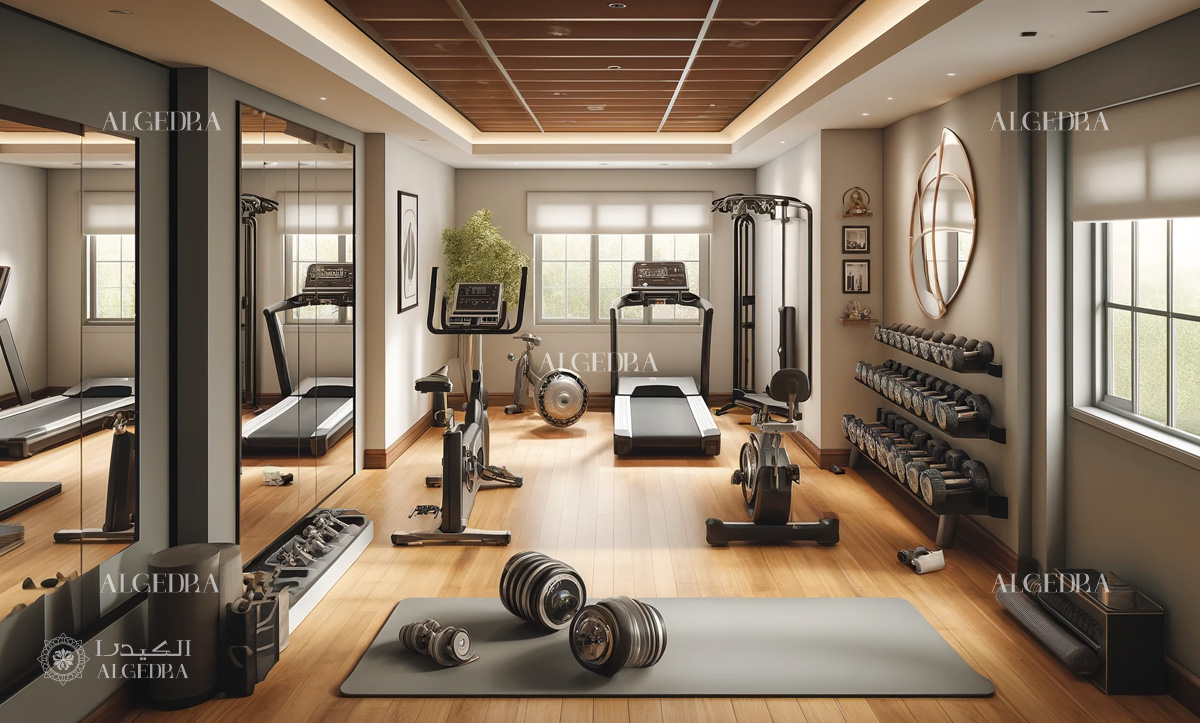
Equipment Selection: Choose equipment that matches with your fitness goals. Luxury home gym designs might include high-end machines and weights, while a compact design might focus on versatile, space-saving equipment.
Layout Planning: Consider how to design a home gym layout for ease of movement and exercise efficiency. This includes placing equipment strategically, ensuring proper spacing for safety, and considering the flow within the gym.

Aesthetic and Functional Elements: Home gym design architecture is about utility and creating an attractive space. This includes selecting the right colors, materials, and lighting to create a desired ambiance.
Incorporating Technology: Modern home gym design often involves integrating technology, such as sound systems, smart fitness equipment, and virtual training tools.
4- Specific Design Ideas and Styles
Home gym design ideas are diverse and can be customized to fit any style:
Luxury Home Gym Design: Characterized by spacious layouts, high-end equipment, and premium finishes.
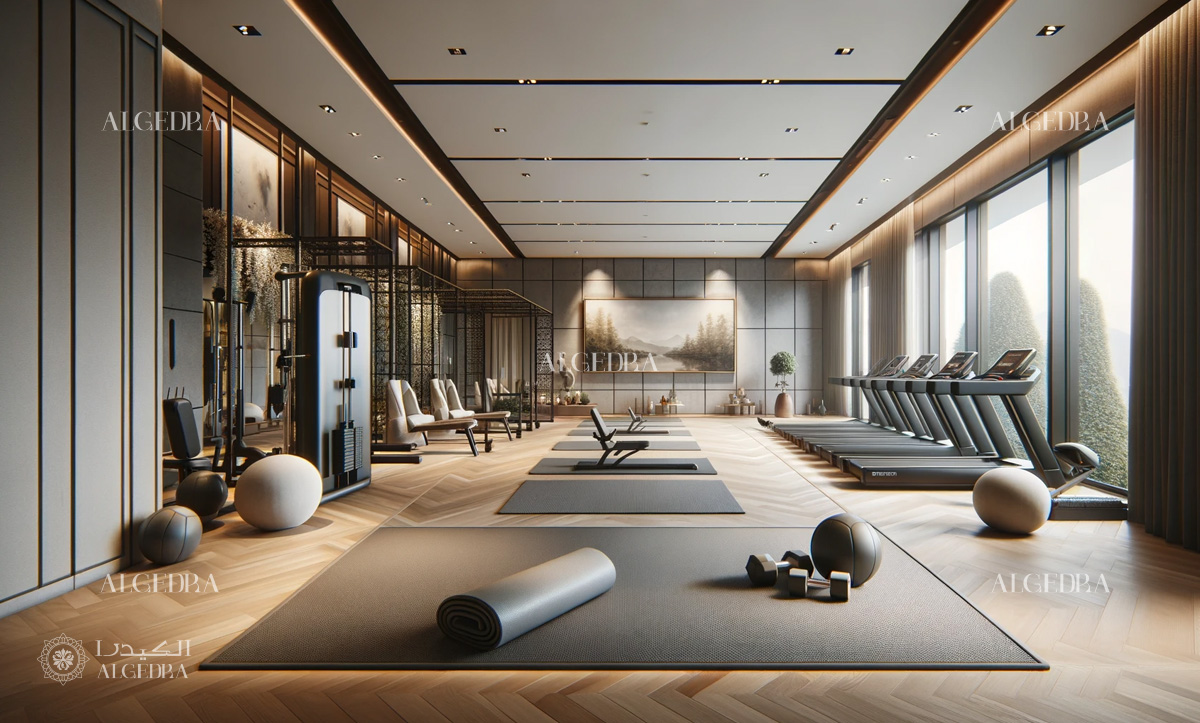
Modern Home Gym Design: Focuses on minimalist aesthetics, with sleek machines, clean lines, and a monochromatic color scheme.
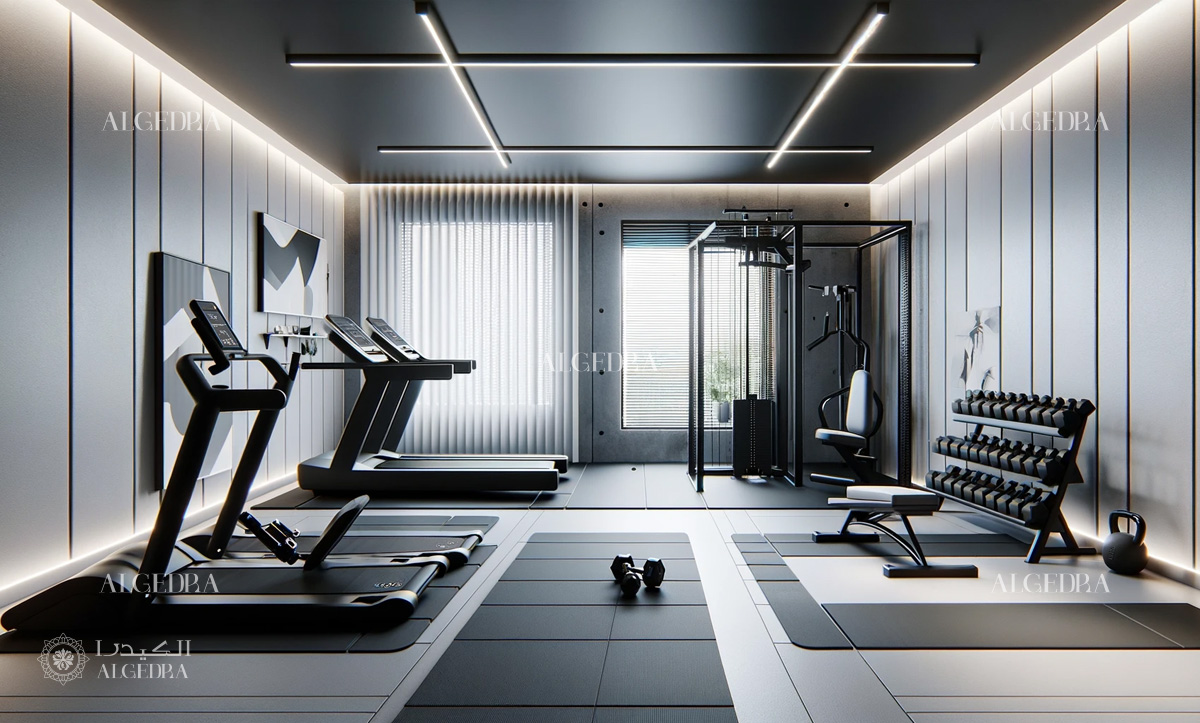
Basement Home Gyms: Transforming a basement into a gym involves considering aspects like lighting, moisture control, and soundproofing.

Small Home Gyms: Optimizing space through multi-functional equipment and strategic storage solutions is key in small home gym designs.
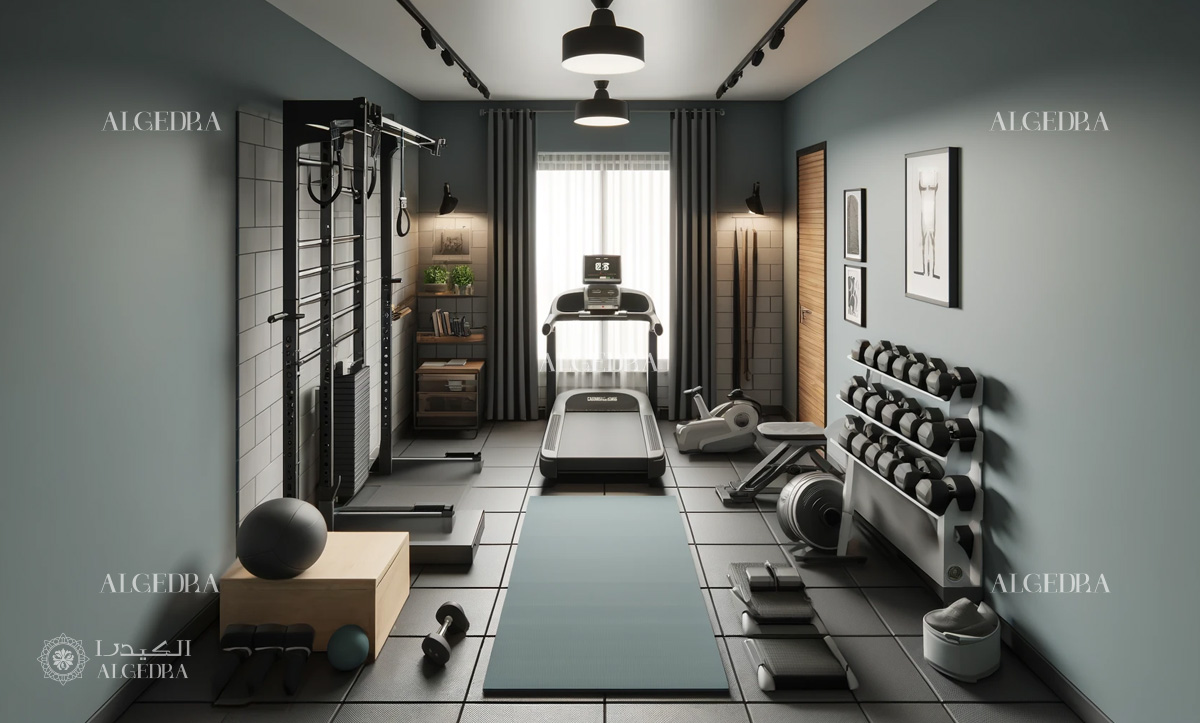
Collaborating with Home Gym Design Experts
For those seeking professional assistance, a home gym design company can provide invaluable expertise. These experts can offer customized advice on home gym designs and layouts, equipment selection, and the overall design process.
Conclusion
Designing a home gym is an investment in one’s health and lifestyle.
Whether it’s a comprehensive fitness suite or a compact workout area, a well-conceived home gym is a testament to the harmony of style and wellness.